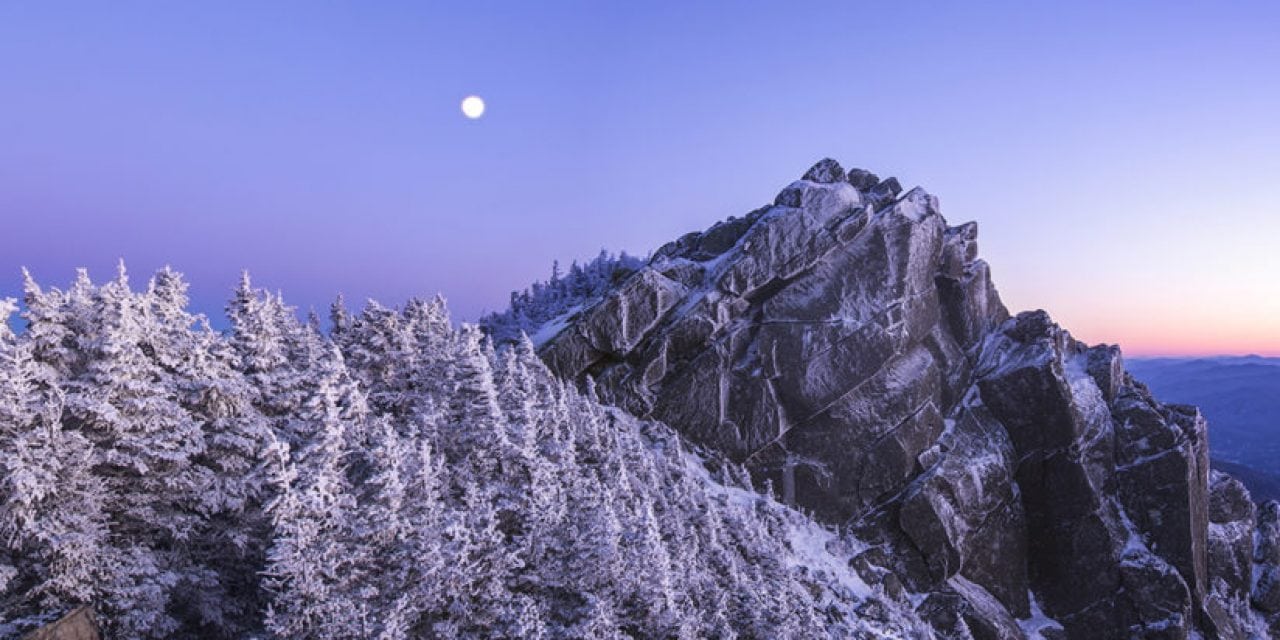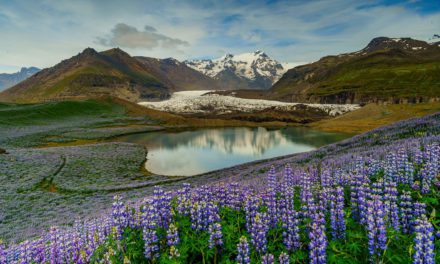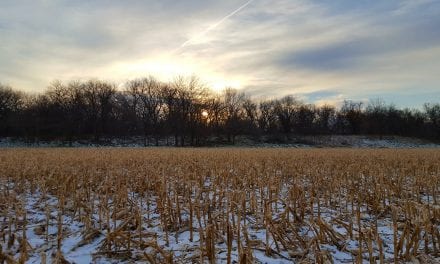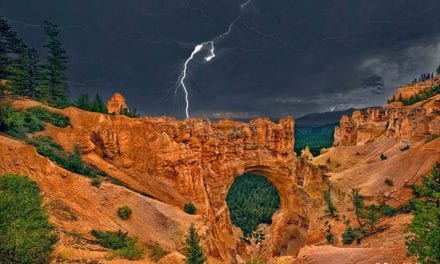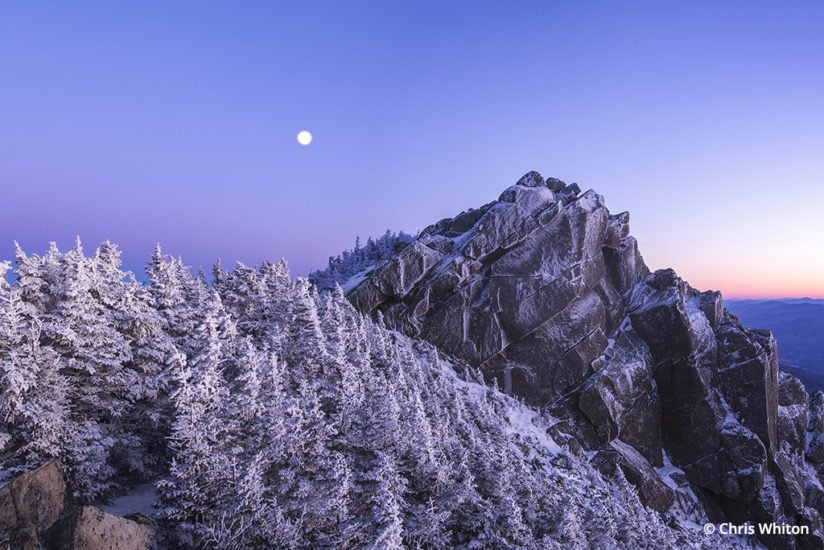
Location
Mount Liberty is a 4,459-foot high peak in the White Mountains of New Hampshire. It’s part of Franconia Ridge, the second-highest mountain range in the Whites. Often overlooked by hikers traversing the popular Franconia Ridge loop hike just a few miles north, Mount Liberty’s pointy summit ledge is a landmark readily identifiable from below, and for hikers summiting the mountain, the 360-degree view over the surrounding peaks and Pemigewasset Wilderness is well worth the effort.
To ascend Liberty, hikers can do the four-mile route from the southern end of Franconia Notch via the Whitehouse and Liberty Springs Trails. As an alternative, a great 10-mile loop hike can be made by climbing neighboring Mount Flume via the challenging Flume Slide Trail and descending from Liberty via Liberty Springs. Ambitious trekkers can also access Liberty from the popular Franconia Ridge Trail, descending along the northern ridge for two miles from the peak of Little Haystack to reach the trail junction just below the summit. And longer still, a journey up from the town of Lincoln via the Lincoln Woods and Osseo Trails will bring you to the top from the lesser-used east side.
Weather At Mount Liberty
While not as fully exposed as the northern peaks of Franconia Ridge, Liberty can have its share of severe weather. On a sunny winter day in the nearby valley, it could be cloudy with frozen fog up on the summits. Fortunately, the path up to Mount Liberty is sheltered for most of its length, so if the summit is inhospitable, it’s a quick escape to the safety of the trees. In the summer, the summit is apt to be a good 10 to 20 degrees colder than the valley below but rarely dangerous, except in the event of thunderstorms.
When planning a trip up any of the high peaks in the White Mountains, it’s best to check the weather forecast at the Mount Washington Observatory. The online Higher Summits Forecast is updated daily and will give you an accurate idea of what to expect above 4,000 feet. Look for a clear day with excellent visibility and mild winds to enjoy this summit.
Photo Experience
I’ve long wanted to take a winter shot of Mount Liberty with the summit rocks covered with rime ice. The best time for these conditions is early in the morning or any cold day that the clouds obscure the sun, as direct sunlight can melt delicate rime feathers.
One February day, several conditions lined up perfectly for me. A bitterly cold, cloudy day was expected to clear in the late afternoon. As a bonus, the moon would be rising a few hours before sunset. My plan was to hike up midday and time my arrival for about one hour before sunset.
I arrived just on time and was pleased to see the weather forecast was accurate. Bundling up with several layers, I set up to shoot the sunset and enjoyed watching the day wind to an end over the distant peaks. But the real treat started about 10 minutes after the sun dipped below the horizon. The cool darkening blues blended with the magenta of the fading sunset, and the rising moon was a nice addition to the clear sky. Using my 16mm wide-angle and the camera on a sturdy tripod, I got a few shots at ƒ/16 with a two-second exposure at ISO 100. The long exposure brought out the colorful sky as well as the icy branches of the scrubby summit trees.
Best Times
Liberty is a great peak in any season. My favorite times are late winter (the rocky trails are filled with snow and make for great snowshoeing, and the days are longer), and the months of September and October. In September, you can enjoy a great summer hike without the crowds, and, in October, the fall colors in the valley below are a sight to behold.
Contact: New Hampshire’s White Mountains, visitwhitemountains.com.
See more of Chris Whiton’s photography at whitemountainimages.org.
YOU MIGHT ALSO LIKE

Colors Of The White Mountains
New Hampshire’s White Mountains offer stunning fall foliage photographic opportunities that attract visitors from around the world. Read now.
The post Mount Liberty appeared first on Outdoor Photographer.

